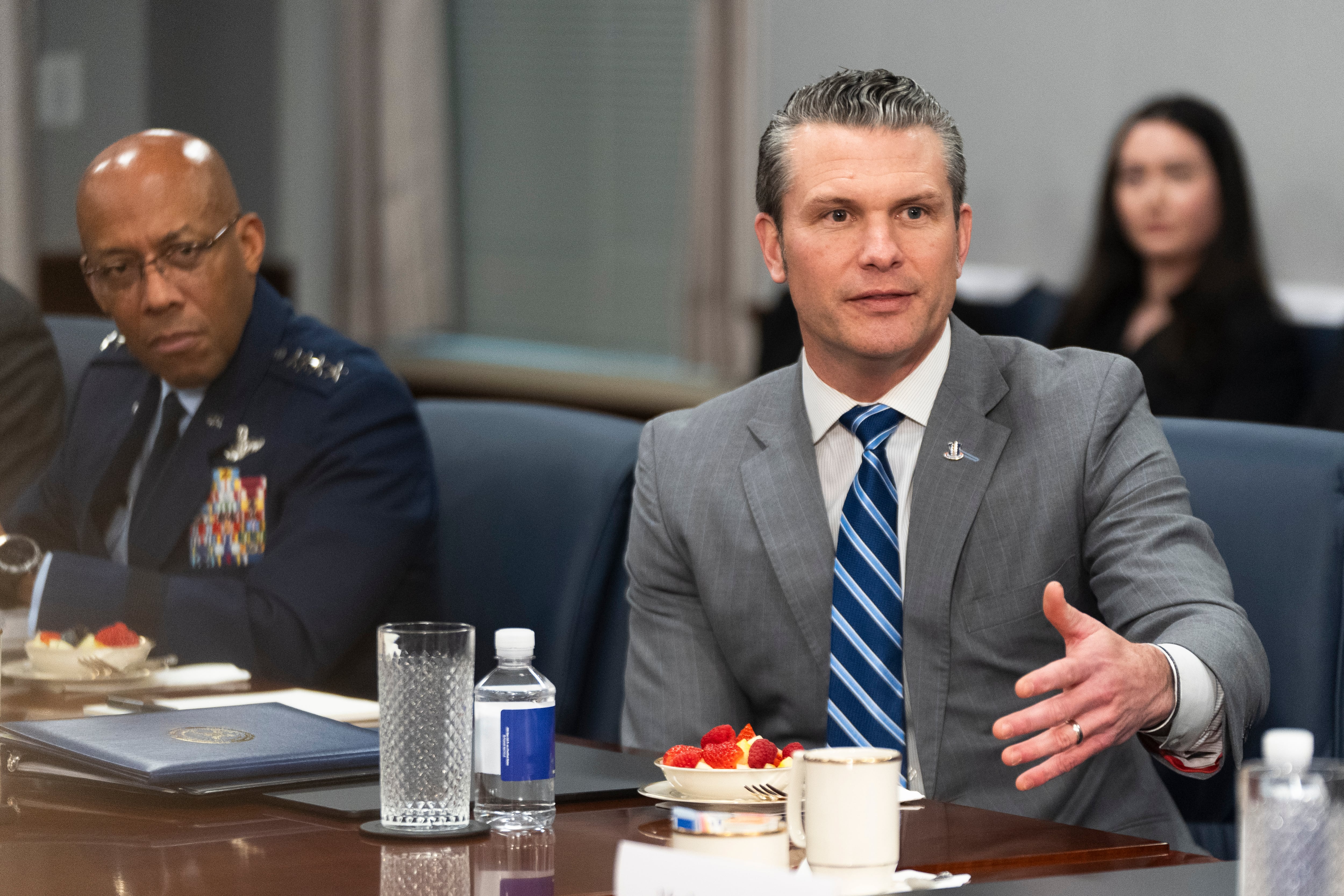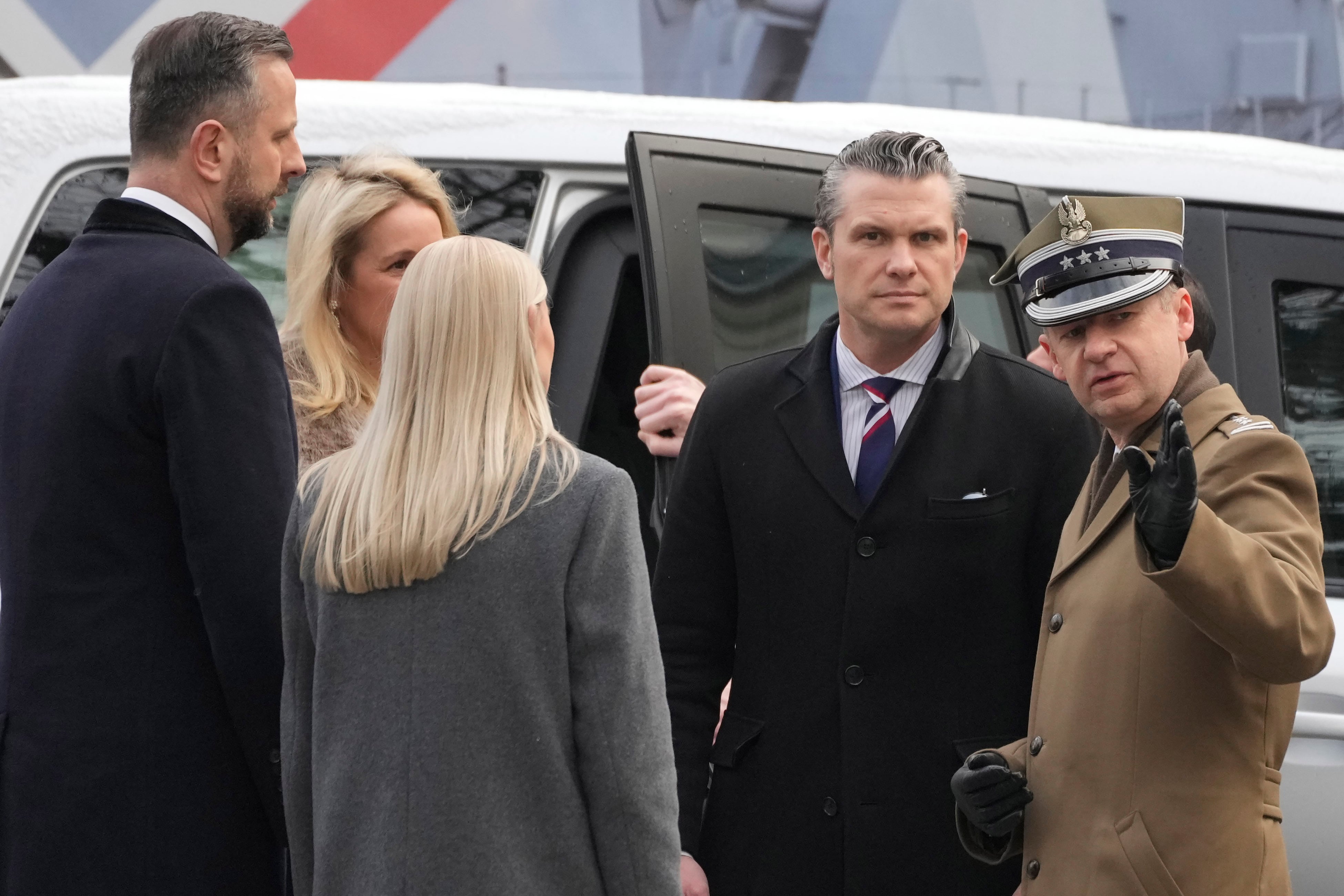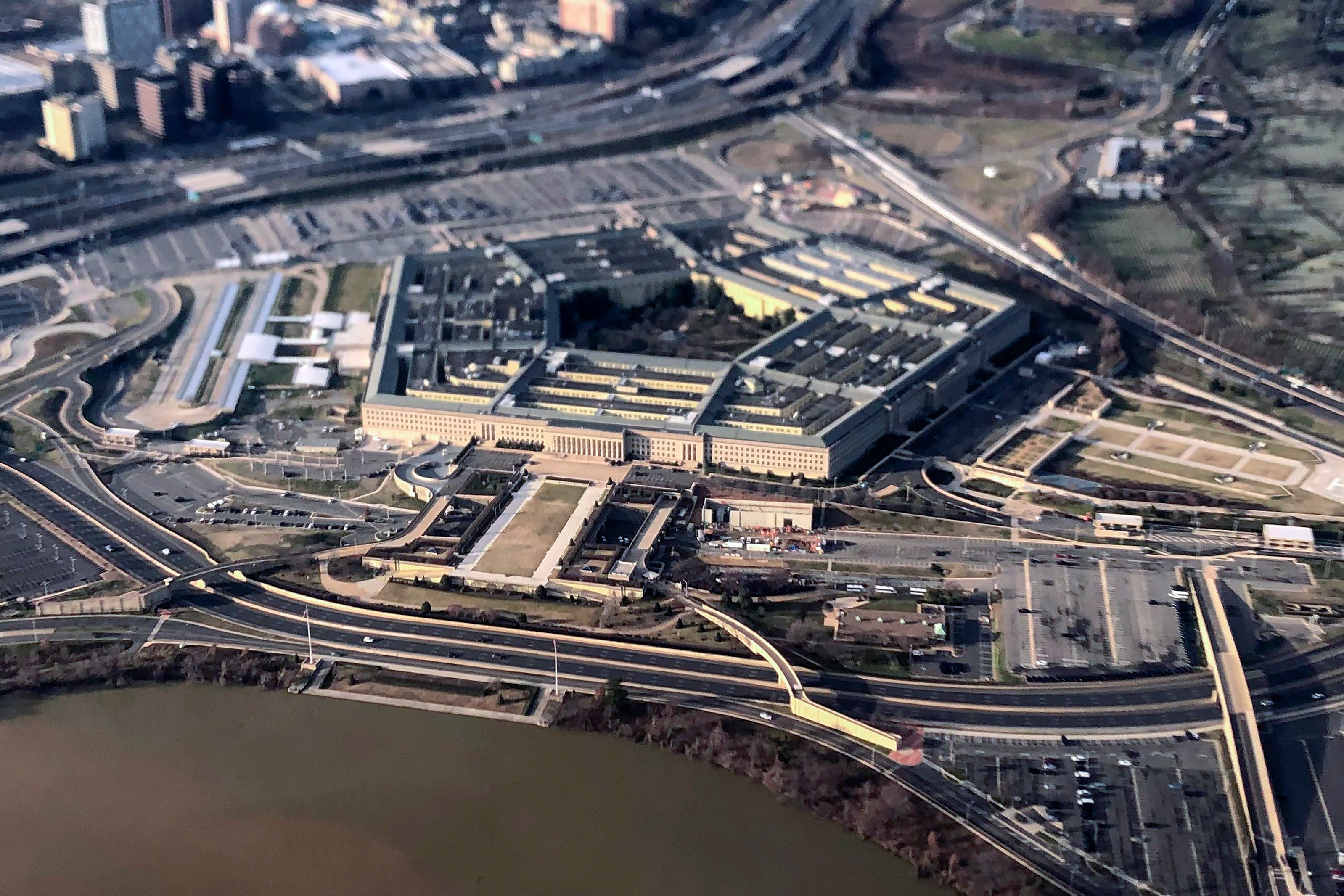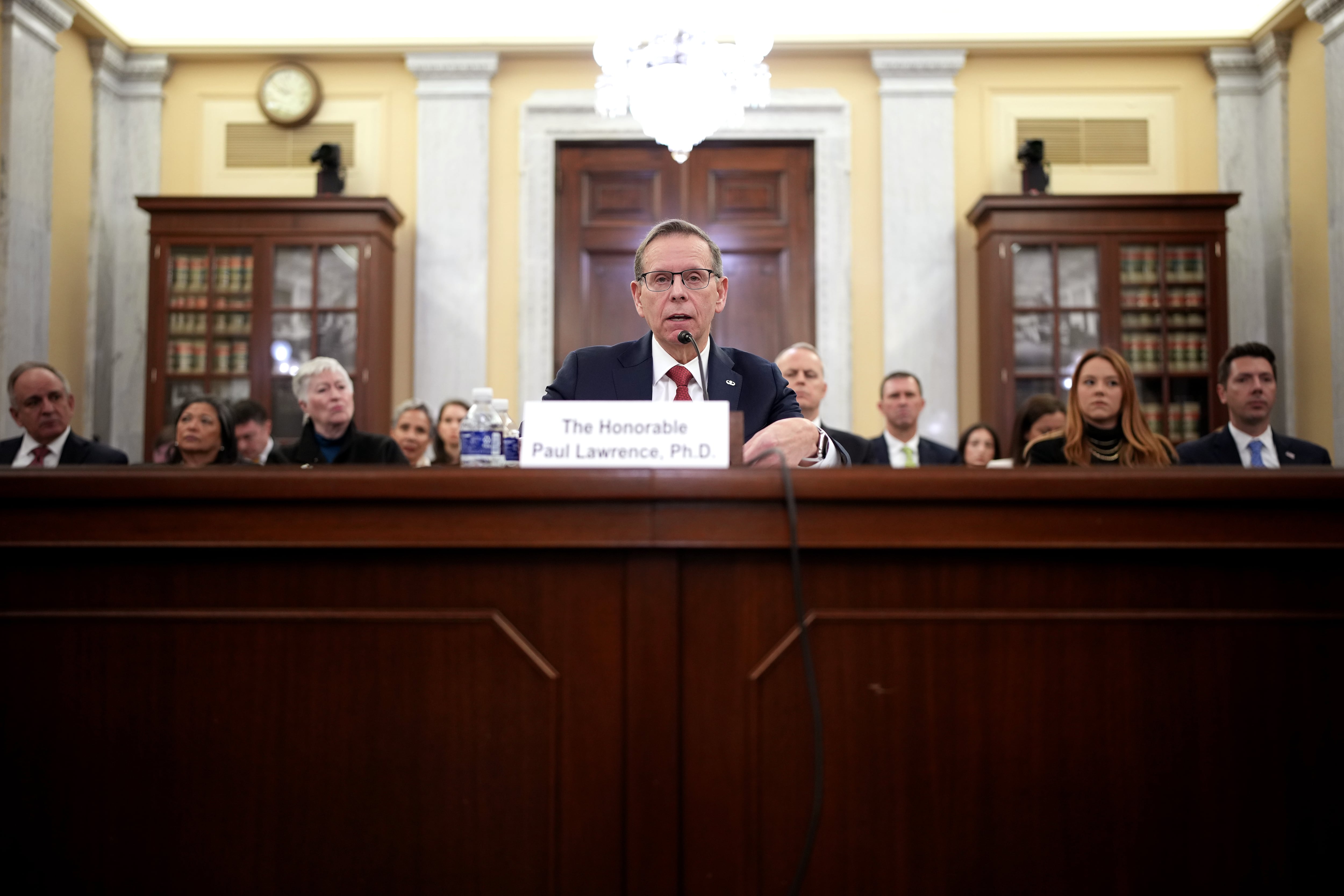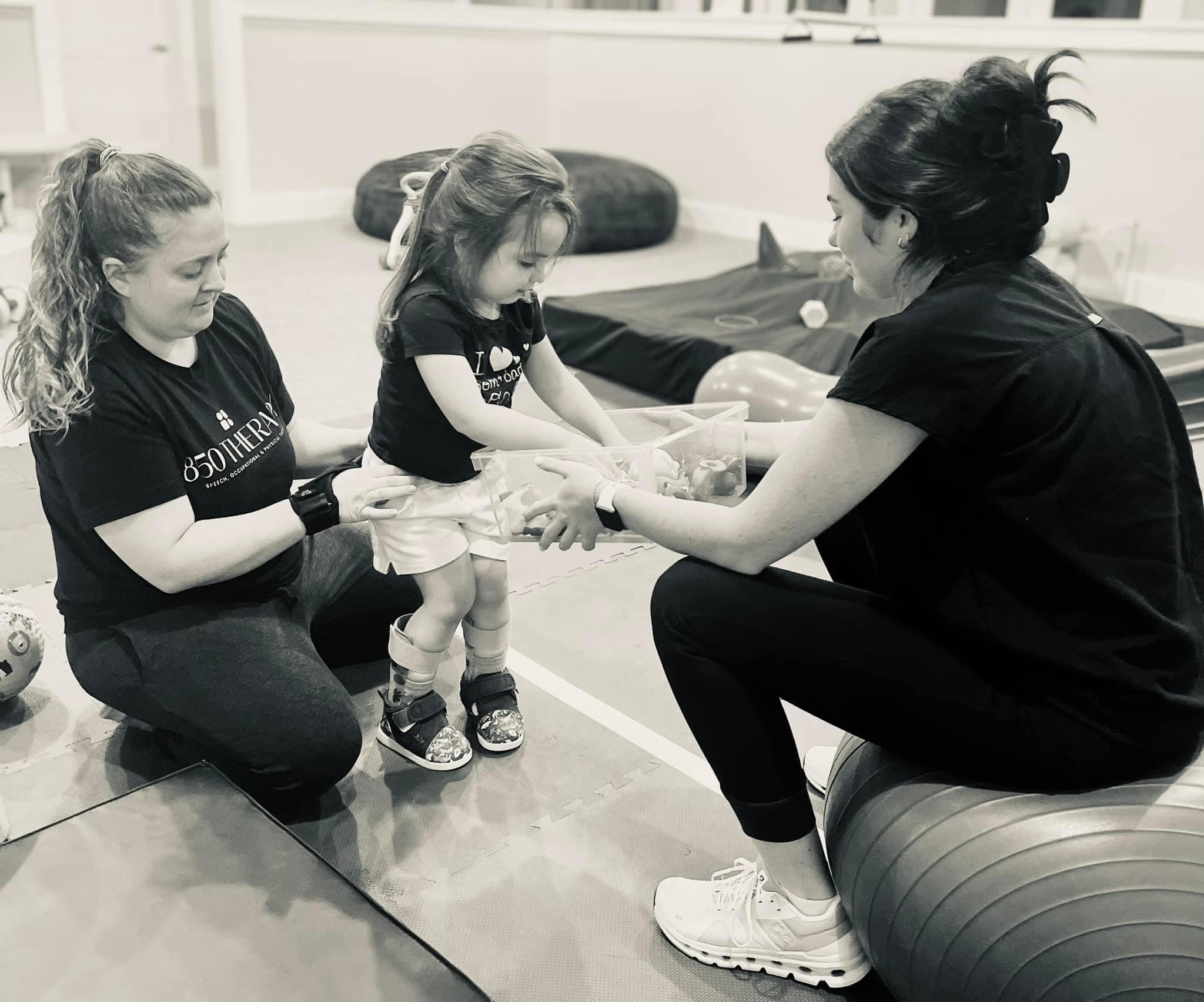WASHINGTON — Gen. Joseph Martin was sworn in as the U.S. Army vice chief of staff on July 26, taking on a leadership role that he’s watched in action closely over the past year by serving as the director of the Army staff at a time of drastic reform within the service.
But Martin isn’t just influenced by his recent front-row seat to a sea change for the service. To shape his goals and priorities, he is also drawing heavily on the time spent leading soldiers, mainly in Iraq, as well as holding leadership roles in the testing and training communities. He’s seen how the sausage is made from a wide variety of angles.
A West Point graduate, Martin began his military career by serving as a tank platoon leader, scout platoon leader and a company executive officer in the 1st Battalion, 37th Armor Regiment, 1st Armored Division.
Martin’s operational career is extensive and has primarily been focused on operations in Iraq. He led a company in the 1st Infantry Division during Operation Desert Storm and commanded the 1st Battalion, 67th Armor Regiment, 4th ID during Operation Iraqi Freedom in Ba’Qubah. He served again in Baghdad as the commander of the 2nd Brigade, 1st ID. Later he would deploy again as the commander of the 1st ID to Iraq where he led Combined Joint Force Land Component Command in Operation Inherent Resolve as the U.S. and its allies worked to drive the Islamic State group out of Mosul.
Yet his institutional knowledge comes from his time leading the Army’s Operational Test Command and commanding the National Training Center at Fort Irwin, California.
Martin described to Defense News his plans to lead the Army, alongside the next Army chief of staff, Gen. James McConville, in a July 31 interview — the same day Army Futures Command, the service’s new four-star command aimed at rapidly modernizing the force, declared full operational capability.
Tell me about your background and how that is shaping your outlook as you take on the role of vice chief.
I’ve got a very large depth of experience in the operating force. I would say that that was my forte all the way up through 1st ID. I’ve enjoyed serving in the many different places I’ve served. And then, typically, when I wasn’t serving in the operating force, I was somewhere in the generating force helping educate and improve our readiness through the institution.
When I served as the commander of the Operational Test Command, it gave me a great perspective of operational testing and what goes into building the requirements that eventually deliver materiel and what rigor that materiel’s got to stand up to.
I was also the deputy commanding general for training at Fort Leavenworth, Kansas, and I was responsible for the requirements for the training enterprise for the United States Army. It’s about a $4 billion endeavor each and every year. I was a requirements developer there, but I had many chances to come to the Pentagon and interact with the team of teams here that helped provide us the resources and also interact with the testing community at a different level.
But where I really was immersed, if you will, in the enterprise level was when I was the director of the Army staff last year. I think I helped move the ball down the field. But at the same time with that assignment, what I was able to do was work under [Army Chief of Staff] Gen. [Mark] Milley and [Army Vice Chief of Staff] Gen. [James] McConville, and, of course, the secretary. But I watched Gen. McConville in action as the vice chief, not having any idea that I would be, eventually, nominated and confirmed to be the next vice chief. He taught me a lot. He’s a great example of a strategic leader, particularly, at the enterprise level. His depth of experience throughout the Army is amazing, but he was a great boss, great mentor. And so I think that set the conditions for me to begin this endeavor as the vice chief of staff of the Army.
Army Futures Command is declaring full operational capability today. Army leadership has been heavily involved in even the smallest details to rapidly standing up the new command. Do you anticipate maintaining involvement of top leadership at the most granular level?
I’ve already been told in no uncertain terms that I will be one of a couple people that are responsible to make sure that AFC is successful. So what do I mean by that? As they have reached FOC, they’ll continue to improve and they’ll continue to change a little bit over time. Many of the principles that we’ve already put in place will not, but the whole point is, is where [AFC commander] Gen. Mike Murray needs help, I’ll be there to help him, by accelerating things or reaching out to the appropriate member at the Joint Staff, OSD [the Office of the Secretary of Defense] or on [Capitol] Hill if necessary to make sure that AFC has everything that they need.
They’ve been going from IOC [initial operational capability] to FOC during the course of the year, but they’ve also maintained, for lack of better words, the burden of their mission as well. They’ve been doing that all year. And when you think about it, I mean, we’ve done some things that are pretty amazing in the past year where we’re taking prototype contracts and we’re expediting three to five years in advance.
We’ve got some other fieldings of equipment where we thought we were going to field the equipment at a certain time, and [instead] we’re going to field that a lot earlier. [Maneuver-Short Range Air Defense] M-SHORAD comes to mind. These are all decisions where, in some cases, yes, materiel exists, but we’ve got to build the formations and be able to resource the formations with that capability over time. I’m sure you’ve heard about the Advanced Night Vision Goggles. That was from thought of the capability to delivery, it’s going to be about a two-year time frame and next month, in September this year, the 2nd Brigade, 1st ID, it’s going to be the first unit that’s going to be equipped with them. And so we’re speeding up some things that traditionally took a lot longer.
The Army seems focused on schedule in terms of rapidly delivering these capabilities to modernize the force. Could the service become too dependent on a schedule?
It’s something that we have to continually assess over time, and we’ve got to be able to look ourselves in the eye and see where we’re off course with something. I think we’re in a better configuration and state of organization as we execute operations within the requirements in the materiel development community. You’ve got requirements developers in much closer proximity and working together more often, then you have materiel developers and requirements developers working in closer proximity. And the fact that we’ve got a four-star-level command that’s over the top of that, I think that we’ve got the ability to be able to see where something is off-program, off-schedule, is not delivering the capability we thought. We’ve got to make those decisions to re-look at how we are investing in that program. I think the checks are there.
Congress has reached a budget deal for the next two fiscal years that would provide some funding predictability in the near term. In assessing what the military would receive as top lines, do you believe the Army will have what it needs to accomplish its goals in readiness and modernization?
We are grateful for Congress reaching a bipartisan budget agreement for [fiscal years] ’20 and ’21. Predictable funding is important.
We will manage the resources we have and optimize them with the optimal amount of readiness, moving forward with the modernization of the Army and then continuing to look at how we can reform so that we can optimize those top two even more over time.
What are you going to do to institutionalize the Army’s “night court” process that freed up billions of dollars from programs within the service to be applied to modernization in order to shape a more lethal force?
As we build our program, we will actually execute the same rigor that we have in the past, but because we have the appropriate governance in place and because we’ve done this now two years in a row, we will be much more efficient at doing it. So it won’t take that 90 to 100 hours of executive time. A lot of that will be spent at lower-level leaders, if that makes sense.
You’ve had the experience shaping large-scale training exercises. Where is there room for improvement at that level and how might home-station training done virtually help and, subsequently, overall readiness?
We’ve got to continue to double down on the efforts that we have in place. I think we need to continue our readiness production efforts. That’s making sure our formations are manned and making sure our soldiers are deployable, making sure that we give them the time at home station and the predictability to execute training that they’ve planned.
Why that’s important is because if we do not have the resources we need delivered in a timely fashion that can disrupt those training plans that commanders literally develop. I developed an annual training guidance for my formation 150 to 180 days in advance; and if you disrupt that, you tend to truncate or mesh two different training events together and it is a suboptimal outcome. Predictable funding leads to a predictable training environment, and that’s where we can optimize our readiness at echelon.
How is the Synthetic Training Environment going to play into this?
It’s funny. “Synthetic Training Environment” rolls off the tongue for everybody now. When I was the deputy commanding general for training, we coined, we developed, we made up the name STE and everybody was like: “What’s STE?” We took a lot of effort to explain it and I’m really encouraged to see how quickly we’ve been able to develop and further mature our efforts and our capabilities with this. But what that’s going to do is, where now I’m tied to a building, I’m tied to a network that’s on an installation, I’m tied to something, the synthetic training environment is going to allow us to deliver training or rehearsal and exercise at the point of need.
How do you foresee continuing to improve Army readiness in your role, and will the benchmarks and goals change for you and the chief? Do you think the Army is on the right path?
I do. And because we’ve had consistent funding over time, we’ve been able to continue to execute our training strategy, which, again, includes home-station training, capstone exercises at combat training centers, maintaining proficiency so that we can meet combatant commanders’ needs. We need to continue along that line so that we can maintain the readiness that we have achieved and increase the readiness ratio we’ve achieved in our various formations in the Army. That’s not just brigade combat teams, it’s not just combat aviation brigades, but it’s the division headquarters, it’s the corps headquarters and the functional brigades that support us. And so if we continue on the path we are on, I think we’re on a good path.
I don’t want to speak for Gen. McConville as he prepares to take his position, but I can tell you that we want to maintain an upward trajectory. I think that’s a fair characterization of what we want to do.
Jen Judson is an award-winning journalist covering land warfare for Defense News. She has also worked for Politico and Inside Defense. She holds a Master of Science degree in journalism from Boston University and a Bachelor of Arts degree from Kenyon College.

